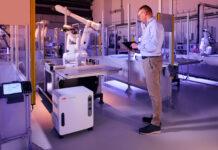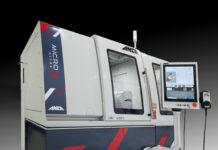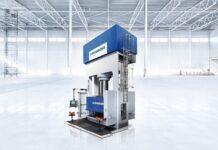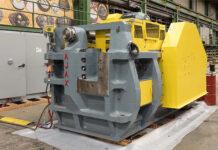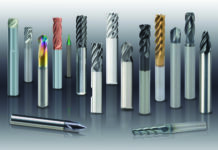SUMITOMO ADDS PRECISE AND EFFICIENT BNC2000 SERIES CBN GRADES TO PRODUCT LINEUP
Sumitomo’s new BNC2000 Series CBN Grades perform with exceptional accuracy and productivity.
The BNC2010 Grade is designed for high precision hard turning. A newly developed CBN substrate coated with a TiCN layer achieves excellent surface finish, while reducing wear.
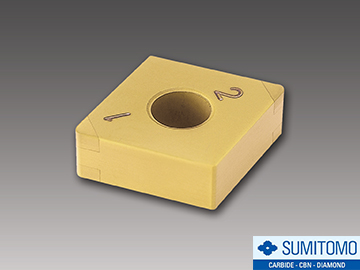
The high efficiency BNC2020 Grade is designed for general hardened steel machining. Featuring a newly developed tough CBN substrate coated with a highly wear-resistant TiAlN layer it achieves more stable machining and a longer tool life.
About Sumitomo Electric Carbide
For a quarter century, we’ve made it our mission to design and produce exceptionally innovative and advanced cutting tool solutions. Our aggressive R&D and design ingenuity give you more choices in turning systems, drilling systems, milling systems and inserts, including PCBN and PCD coated versions. Every Sumitomo solution is painstakingly developed to meet your need for higher productivity and precision.
The Sumitomo business was started in Kyoto, the historic capital city of Japan, nearly 400 years ago by Masatomo Sumitomo (1585-1652) and Riemon Soga (1572-1636).
Masatomo is regarded as the spiritual founder of the Sumitomo Group. Following an early career in the Buddhist priesthood, he established a shop in Kyoto that sold medicines and books. In accordance with the custom of his time, Masatomo produced written teachings for his household and disciples. One volume of these, which provided advice on the conduct of commercial activity, has come to be known as the “Founder’s Precepts” and is the basis of code of conduct, still today, for the Sumitomo Group of companies.
Riemon, who was a disciple and brother-in-law of Masamoto, was the technological pioneer who set the Sumitomo business on the path to commercial success. Having studied copper refining, Riemon established the Izumia copper business in Kyoto in 1590. Until the late 16th century, Japanese copper merchants did not possess the technology to extract the silver contained in copper ore, which compelled them to export the ore with the silver intact. By learning and perfecting Western smelting methods, Riemon engineered a revolution in Japanese copper refining. The Sumitomo business was continued by Riemon’s eldest son, Tomomochi (1607-1662), who entered the Sumitomo family through his marriage to Masatomo’s daughter. Tomomochi moved the copper smelting business to Osaka, Japan’s commercial capital at the time.
One of the epoch making events in the early days of the Sumitomo family was the 1690 opening of the Besshi Copper Mine on the island of Shikoku, across the Seto Inland Sea from Osaka. The Besshi Copper Mine was extremely productive and profitable, right up to the early 20th century. Consequently, it played a pivotal role in the birth of many core companies of the Sumitomo Group today. In 1891, Sumitomo formulated its Business Principles, which are based upon the “Founder’s Precept” by Masatomo.
For more information, visit IMTS Booth #W-2422 or contact Sumitomo Electric Carbide, Inc., at www.sumicarbide.com.


